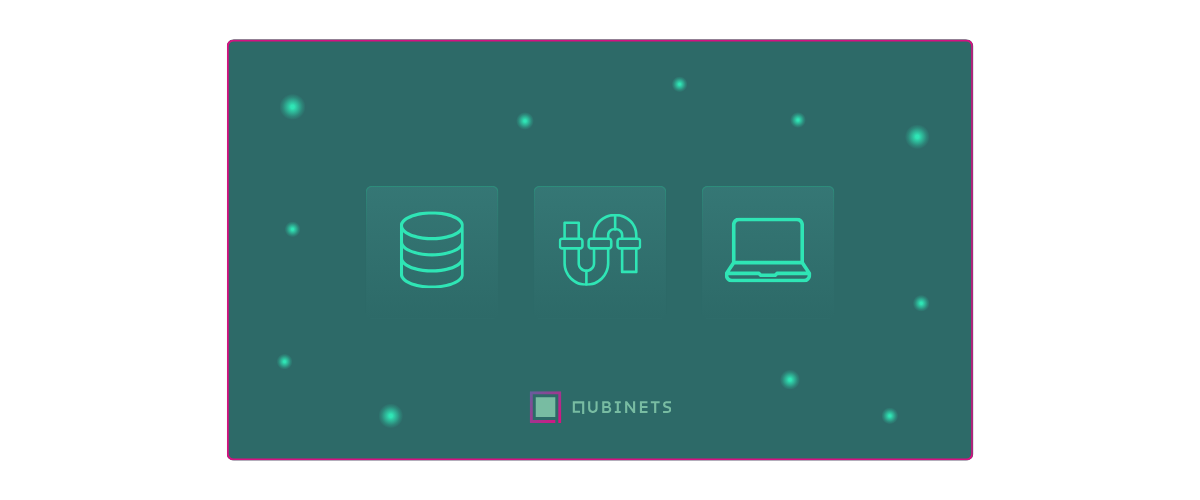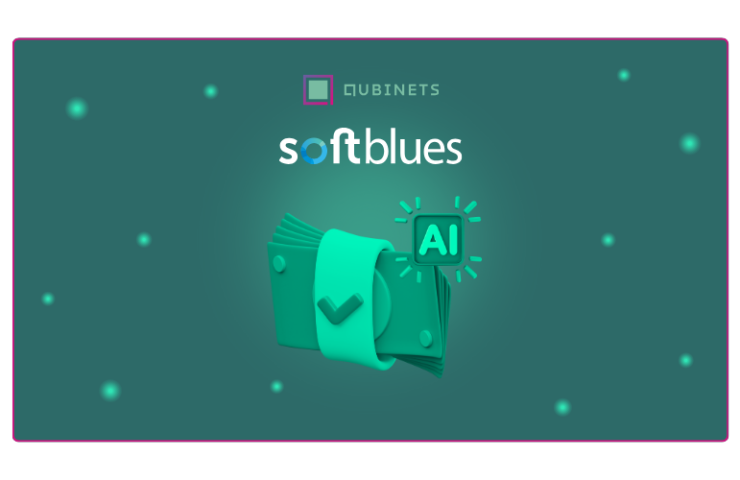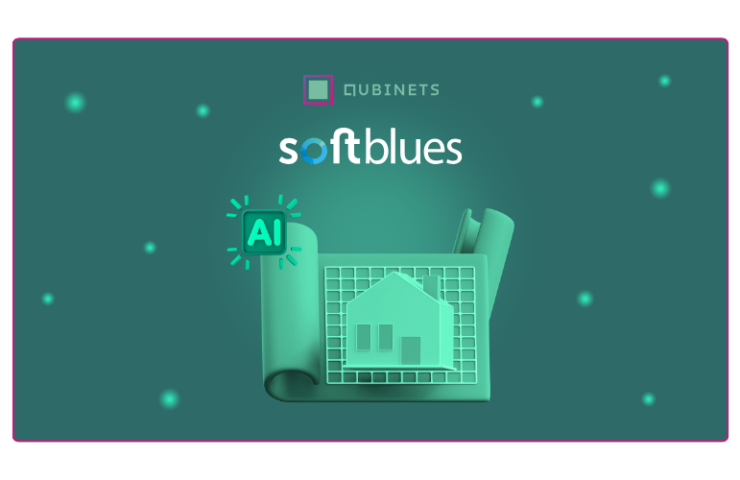Introduction: The Tension Every AI Team Feels
Every AI team starts with the same goal: build something smart, elegant, and innovative. But if you’ve been in this space for long, you’ve probably felt the tension. You want to craft clever AI Infrastructure and perfect systems — yet the teams that really win are the ones that move fast, scale simple approaches, and let their models learn from data.
This tension isn’t just a feeling; it’s what Richard Sutton described as the bitter lesson. In short, the lesson is this: the biggest leaps in AI don’t come from brilliant human design. They come from systems that learn, combined with massive compute and data. It’s not the complexity of the architecture that makes the difference — it’s how well and how quickly it can learn and scale.
But here’s the problem: most teams still spend far too long obsessing over AI infrastructure. Weeks (sometimes months) go into debating Kubernetes setups, managing cloud resources, or perfecting deployment pipelines before a single real experiment hits production. All that effort feels like progress, but often it’s just friction.
We believe that infrastructure should never be the bottleneck. Instead, your focus should be on experimentation, iteration, and learning. The infrastructure? It should just work — scaling with you, without requiring constant attention.
In this blog, we’ll break down the bitter lesson, show where teams typically get stuck, and explain how Qubinets helps you stay focused on what really moves your AI forward: rapid experimentation, learning, and scaling — without the infrastructure headache.
What the Bitter Lesson Means for AI Teams
Richard Sutton’s bitter lesson is one of those truths that stings a little. It tells us that, over time, methods that leverage massive compute and data always outperform approaches that rely on human cleverness and custom design.
Real-World Examples of the Bitter Lesson:
- Chess engines: For decades, people tried to encode strategy and heuristics. But ultimately, brute-force search combined with compute power won out.
- AlphaGo: Instead of relying on handcrafted Go rules, DeepMind combined deep reinforcement learning and Monte Carlo Tree Search at scale — and changed the game forever.
- Large language models and scaling laws: The most powerful AI models today aren’t necessarily more clever; they’re scaled versions of simple architectures trained on enormous amounts of data.
Key Takeaways for Builders:
The takeaway? Complexity for complexity’s sake doesn’t win. Teams that try to outsmart the problem with intricate architectures or finely tuned heuristics eventually lose to those who build simple systems and let them scale and learn.
For modern AI teams, this lesson is crystal clear:
- Start simple.
- Scale with compute and data.
- Iterate and let the models learn.
The bitter lesson is a reminder that the smartest thing you can do is get out of the way and let the system learn.
Common Pitfalls: Where Teams Get Stuck
Even when teams know the bitter lesson, they still get trapped in the same cycle. It’s not because they’re inexperienced — it’s because over-engineering feels safe.
How This Trap Shows Up:
- Overthinking scale: Teams spend months designing AI infrastructure for traffic and workloads they might have one day, instead of focusing on current experiments.
- Endless tooling debates: Kubernetes or serverless? Prefect or Airflow? Self-hosted or managed services? These debates eat up weeks.
- Perfection paralysis: The fear of ‘not being production-ready’ delays shipping models. Teams wait for the perfect architecture instead of iterating in public.
This trap is easy to fall into because designing the AI infrastructure is concrete. You can point to an architecture diagram and say, “We made progress.” But meanwhile, models aren’t learning, and experiments aren’t running.
Infrastructure work feels productive — until you realize you haven’t shipped anything in three months.
The teams that win are the ones that keep things light. They move quickly, test constantly, and adjust based on what the data tells them — not on what looks good in a system design doc.
How We Build at Qubinets (And Why It’s Different)
At Qubinets, we’ve taken the bitter lesson to heart. We don’t believe teams should spend their time untangling AI infrastructure problems. Your job is to build models, run experiments, and learn. Our job is to make everything else fade into the background.
Fast Setup Without Overhead
You start by selecting the tools you need — databases, pipelines, vector stores, compute environments. With just a few clicks, everything deploys to your cloud of choice. There’s no need to configure clusters or write deployment scripts. What would normally take weeks of DevOps work happens in minutes.
Scaling That Happens Automatically
As your experiments grow, so does your AI infrastructure. Qubinets handles scaling automatically — compute resources adapt to demand, pipelines expand as data grows, and you always have visibility into costs. You’re free to focus on adjusting models, refining datasets, and running more experiments.
Keeping You Focused on What Matters
We also make sure you never lose track of what you’re building. Every environment comes with built-in monitoring, version control for configurations, and tools to help you keep experiments organized and repeatable.
We didn’t build Qubinets to handle infrastructure for you — we built it so you barely notice it’s there.
The result? Teams move faster, make decisions based on real learning, and ship models without the usual infrastructure overhead.
Why We Care: The Human Side of This Problem
We’ve seen this play out with countless teams: the drive to build the “perfect” setup quietly slows everything down. And it’s never for lack of skill — it’s because AI infrastructure decisions feel like the responsible thing to get right upfront. But the longer you wait, the less you learn.
At Qubinets, we built the platform because we’ve been there. We know what it’s like to spend late nights troubleshooting deployments instead of running experiments. We’ve felt that tension between wanting control and needing to move faster.
So everything we do is about helping teams focus on progress over perfection. It’s for builders who care about getting things right — but also know that momentum matters.
We’re not here to tell you to cut corners. We’re here to make sure infrastructure doesn’t become the corner you get stuck in.
In the end, the teams that win are the ones that stay focused on learning, experimenting, and improving — without being weighed down by decisions that don’t move the work forward. That’s what we want for you.






